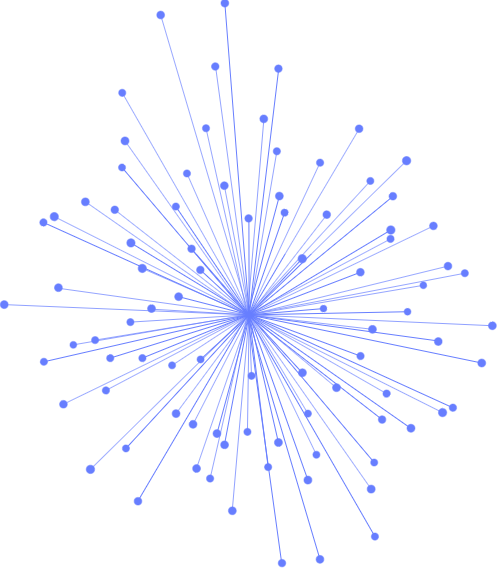
"It felt like a thorough dive into a microservices driven approach and the surrounding context. In particular I found the more technical discussion of architecture approaches (DDD, SOA, Event-driven stuff) very useful indeed"
GH, Software Engineer, Microservices, July 2021









This course is suitable for Enterprise Architects who need to design flexible large-scale systems and oversee agile development of services that meet business needs. Developers and Analysts may also find this course useful as a means of gaining a broader background in Microservices Architecture.

"It felt like a thorough dive into a microservices driven approach and the surrounding context. In particular I found the more technical discussion of architecture approaches (DDD, SOA, Event-driven stuff) very useful indeed"
GH, Software Engineer, Microservices, July 2021
“JBI did a great job of customizing their syllabus to suit our business needs and also bringing our team up to speed on the current best practices. Our teams varied widely in terms of experience and the Instructor handled this particularly well - very impressive”
Brian F, Team Lead, RBS, Data Analysis Course, 20 April 2022

Sign up for the JBI Training newsletter to receive technology tips directly from our instructors - Analytics, AI, ML, DevOps, Web, Backend and Security.
In this Microservices training course you will learn a modern approach for building scalable, highly available and easily maintainable applications.
We will describe the microservices architecture and show how it enables the agile development and deployment of applications. You will learn about Domain-Driven Design and tools that enable microservices.
You will gain an understanding of microservices and the relationship with SOA and DevOps, learn techniques for designing and migrating to a microservices architecture, understand communicating infrastructure technologies, appreciate how to use tools for enabling microservices, and incorporate security, testing and quality. You will also learn how to monitor microsystems and size appropriately for maximum scalability.
CONTACT
+44 (0)20 8446 7555
Copyright © 2025 JBI Training. All Rights Reserved.
JB International Training Ltd - Company Registration Number: 08458005
Registered Address: Wohl Enterprise Hub, 2B Redbourne Avenue, London, N3 2BS
Modern Slavery Statement & Corporate Policies | Terms & Conditions | Contact Us